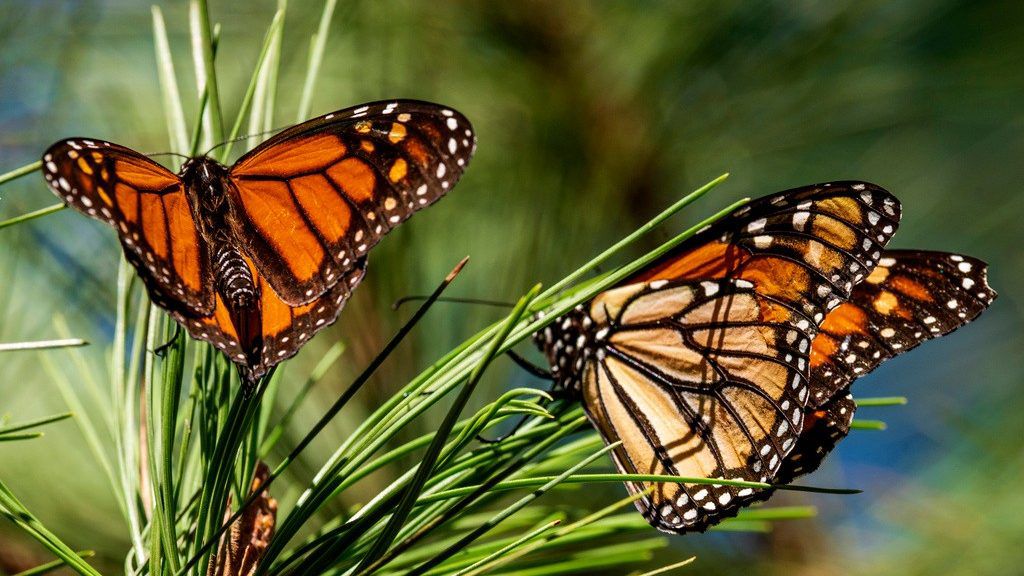ST. LOUIS — Sightings of the popular monarch butterflies in Missouri and across the country are predicted to be rarer over the next two months as scientists have documented a significant drop in migration numbers.
That’s according to the Butterfly House in Chesterfield. Monarch butterflies are well-known for their several-thousand-mile migration from the northern U.S. to Mexico each winter.
Millions of monarchs have journeyed to warmer habitats for centuries, making stops along the way in states such as Missouri throughout September and October.
Habitat loss and climate change have left fewer places for the butterflies to rest on their journey, according to a press release.
“The numbers have been fluctuating so much over the last couple of decades that, although I was not expecting this news, I am also not incredibly surprised to hear it either,” said Tad Yankoski, senior entomologist.
“This reinforces how important it is to act swiftly to protect migrating Monarchs while we still can. "
While monarchs are not under the Endangered Species Act, the U.S. Fish and Wildlife Service (USFWS) is re-evaluating the butterflies’ status.
The monarch was almost listed under the Endangered Species Act by the USFWS in December 2020.
Entomologists and monarch nonprofits are waiting to see if the agency will add monarchs to the protected species list by the end of the year, according to the press release.
“While we hope this will encourage the federal protection of these butterflies, the Butterfly House will continue to promote pollinator-friendly insect conservation practices regardless of the decision,” Yankoski said.
Last month, the USFWS proposed two subspecies of the Regal Fritillary Butterfly, to be added to the protection list, including the western regal fritillary that is found throughout the Midwest and Great Plains.
A species status assessment cites similar issues found among monarchs that contributed to the decline of the regal fritillary butterfly, such as loss of habitat, agricultural and urban development, pesticide use, invasive plants, climate change, drought, local climate events and more.
“This shines a light on a much bigger problem than a single butterfly species,” Yankoski said.
“Insects are the backbone of almost all ecosystems. It is important to remember that when highly visible species like Monarch butterflies are in decline, the same things affecting them are likely negatively impacting thousands of other species. Insects are very adaptable and resilient, and we should take note when they are struggling instead of thriving.”
The Butterfly House has its own program to support and protect the monarch butterfly habitat called Project Pollinator. St. Louis-area residents can join the effort by planting pollinator gardens of their own.
The Butterfly House also maintains a Native Butterfly Garden that is a registered National Wildlife Federation Schoolyard Wildlife Habitat and also a registered Monarch Waystation.




